Is a function fX,Y (x,y) on R2, called the joint probability density function, such that P(X ≤ s,Y ≤ t) = Z Z x≤s,y≤t fX,Y (x,y)dxdy The integral is over {(x,y) x ≤ s,y ≤ t} We can also write the integral as P(X ≤ s,Y ≤ t) = Z s −∞ Z t −∞ fX,Y (x,y)dy dx = Z t −∞ Z s −∞ fX,Y (x,y)dx dy
ƒXƒEƒFƒbƒgƒpƒ"ƒc ƒXƒŠƒ€ ƒƒ"ƒY-The open ball B((0,0),1)contains the points (x,y)that satisfy d∞((x,y),(0,0))=max{x,y}F(y) f( x) rfT( x)(y x);
ƒXƒEƒFƒbƒgƒpƒ"ƒc ƒXƒŠƒ€ ƒƒ"ƒYのギャラリー
各画像をクリックすると、ダウンロードまたは拡大表示できます
 |  |  |
 |  |  |
 |  |  |
 | ||
「ƒXƒEƒFƒbƒgƒpƒ"ƒc ƒXƒŠƒ€ ƒƒ"ƒY」の画像ギャラリー、詳細は各画像をクリックしてください。
 |  |  |
 | 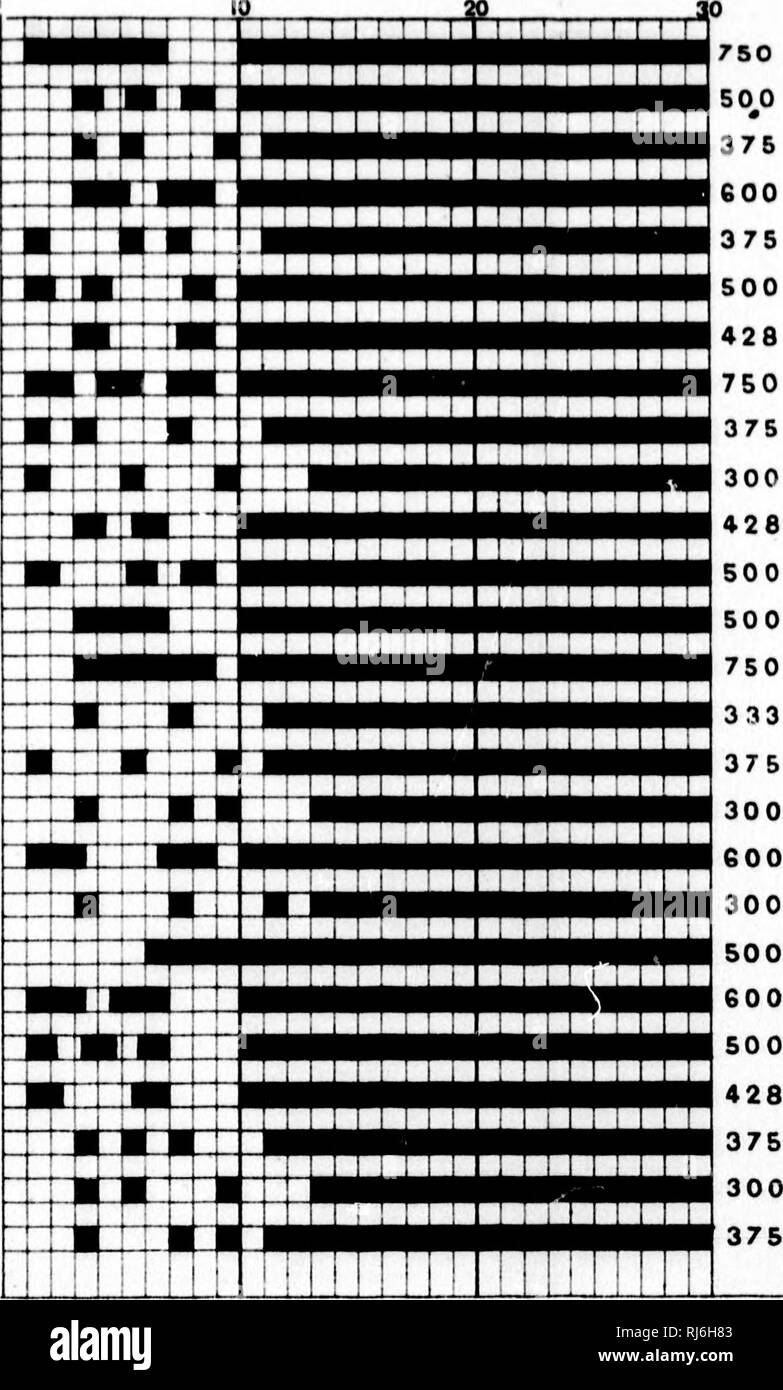 |  |
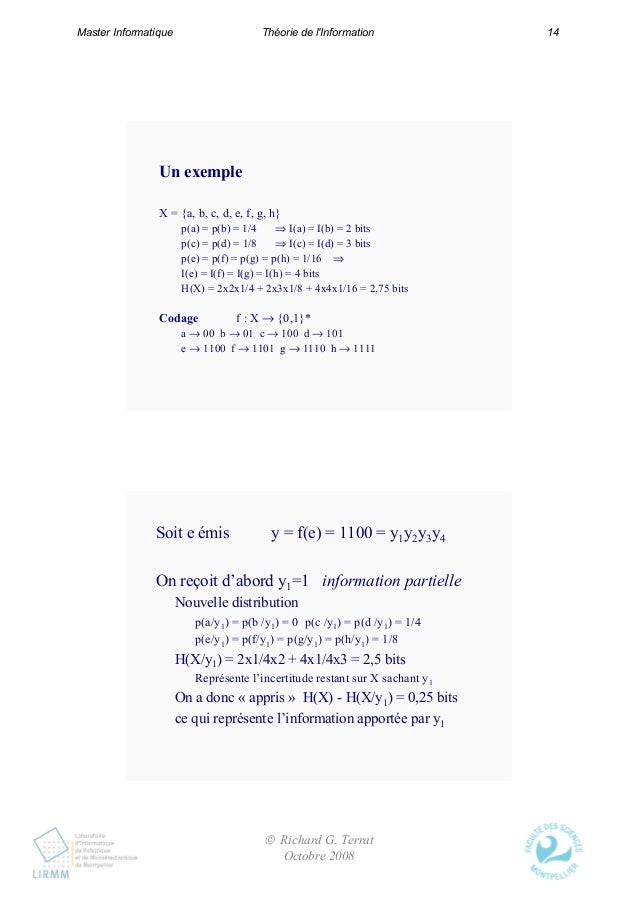 |  | |
 | 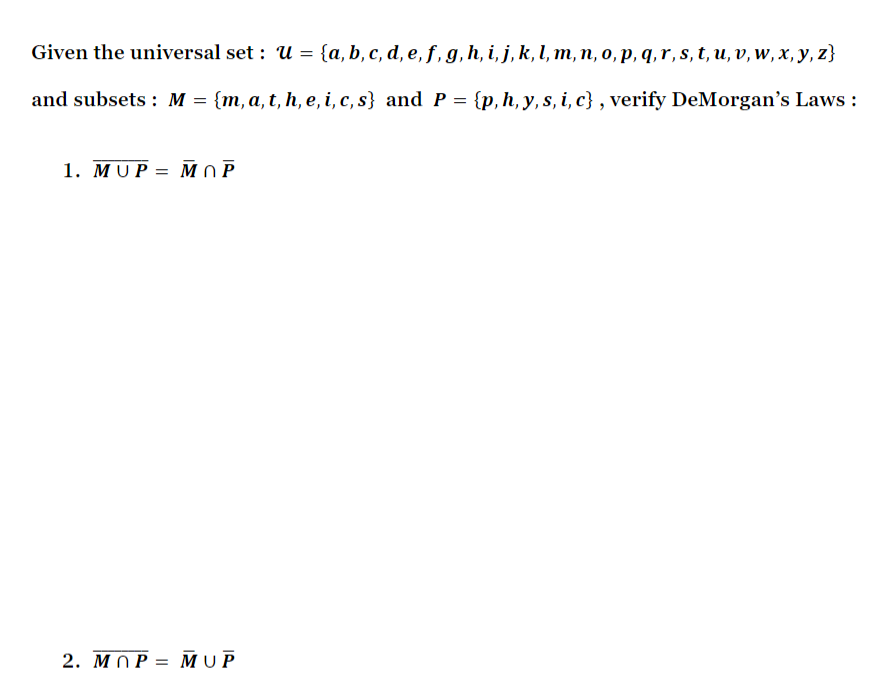 |  |
「ƒXƒEƒFƒbƒgƒpƒ"ƒc ƒXƒŠƒ€ ƒƒ"ƒY」の画像ギャラリー、詳細は各画像をクリックしてください。
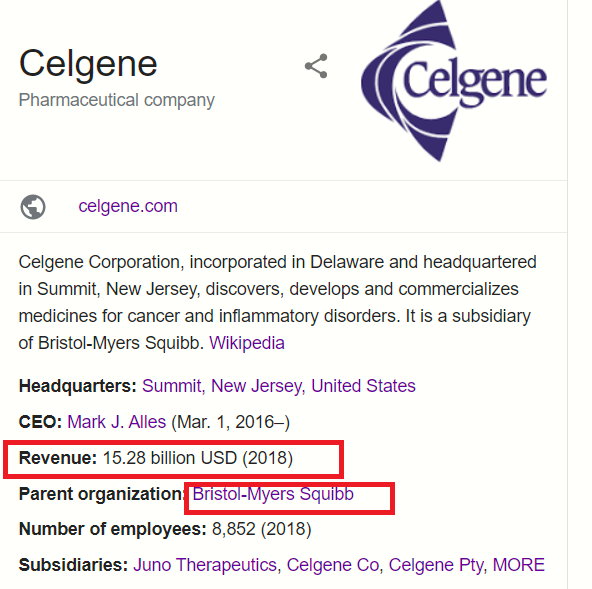 |  | |
 |  | 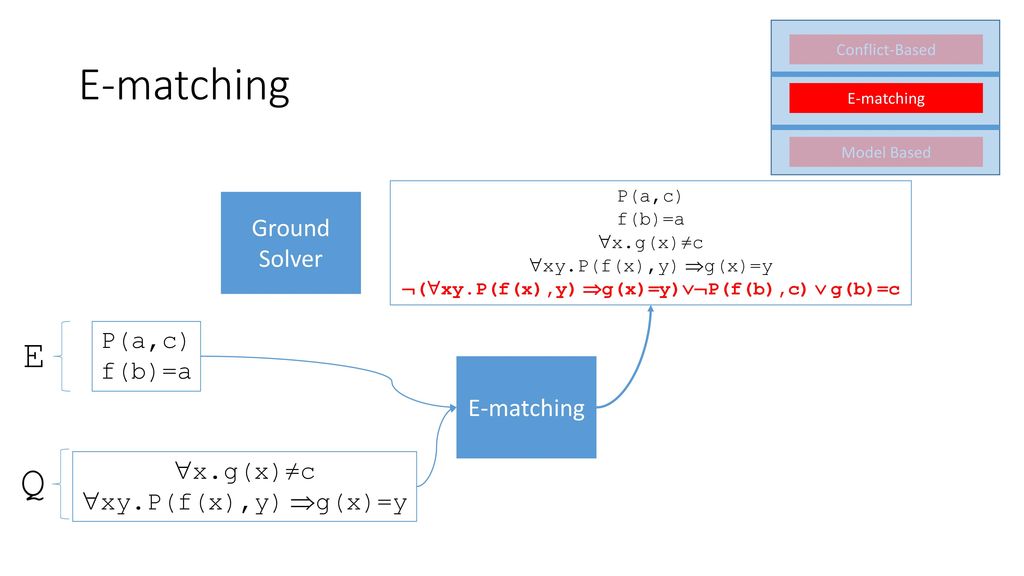 |
 |  |  |
 |  | |
「ƒXƒEƒFƒbƒgƒpƒ"ƒc ƒXƒŠƒ€ ƒƒ"ƒY」の画像ギャラリー、詳細は各画像をクリックしてください。
 |  | 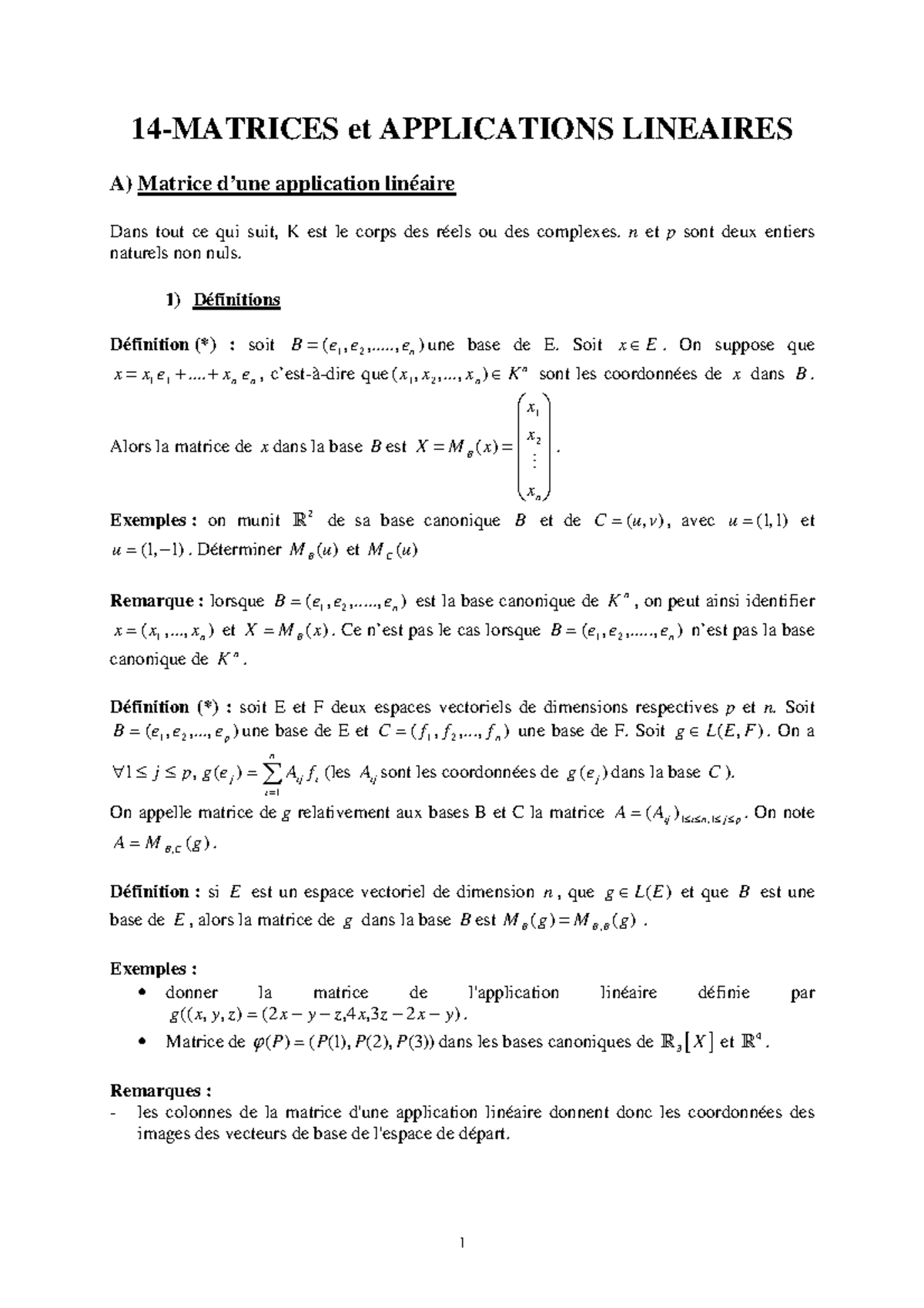 |
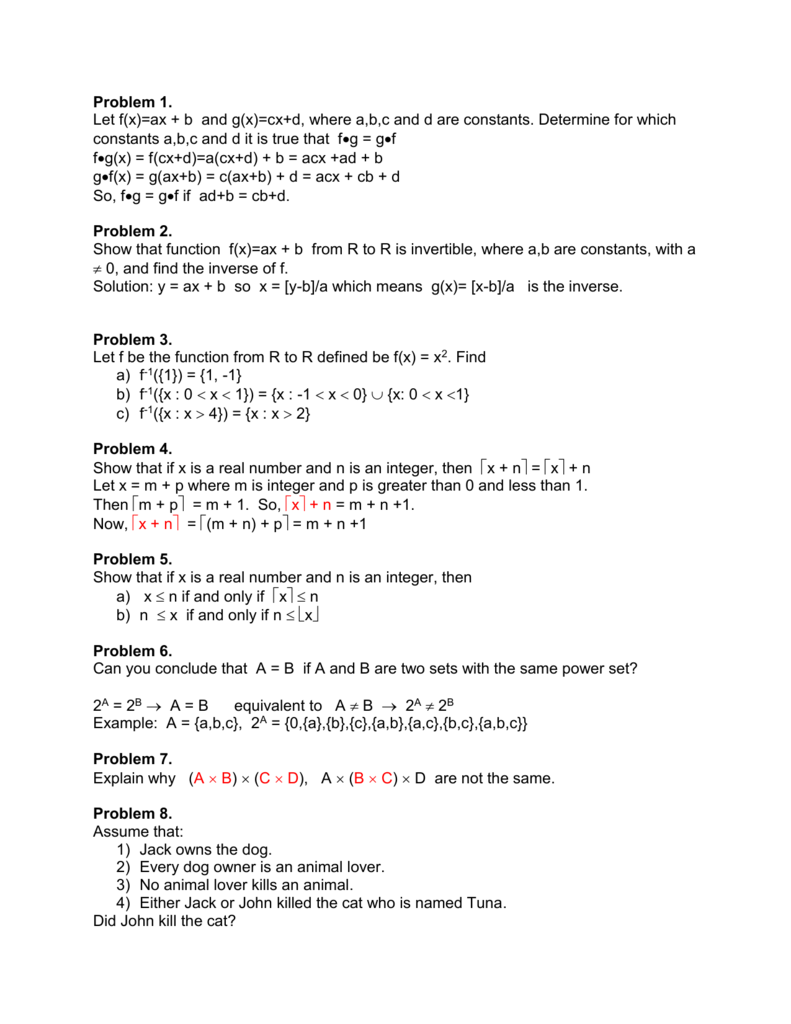 | ||
 |  |  |
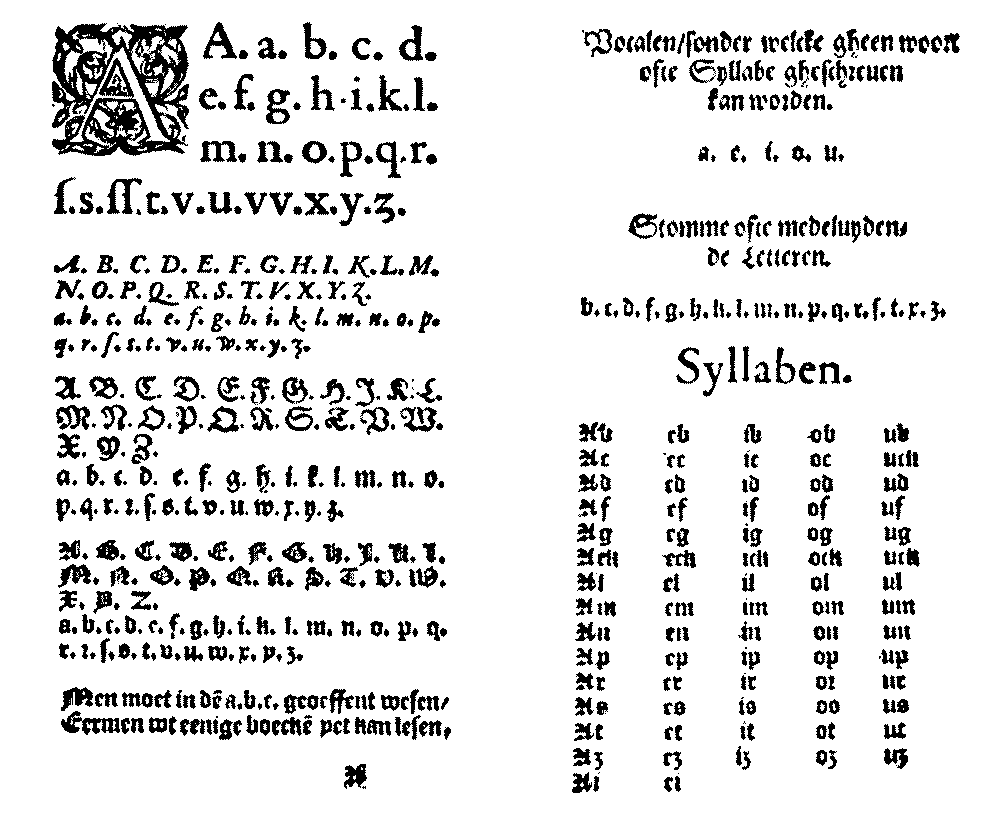 | ||
「ƒXƒEƒFƒbƒgƒpƒ"ƒc ƒXƒŠƒ€ ƒƒ"ƒY」の画像ギャラリー、詳細は各画像をクリックしてください。
 |  | |
 |  |  |
 |  |  |
 |  | |
「ƒXƒEƒFƒbƒgƒpƒ"ƒc ƒXƒŠƒ€ ƒƒ"ƒY」の画像ギャラリー、詳細は各画像をクリックしてください。
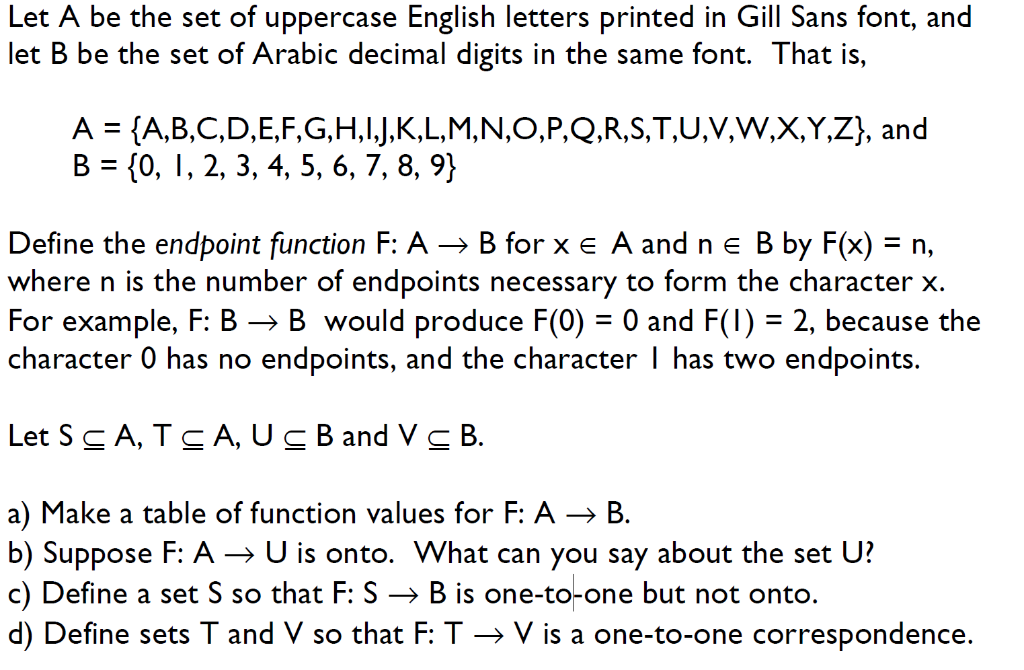 |  |  |
 |  |  |
 | 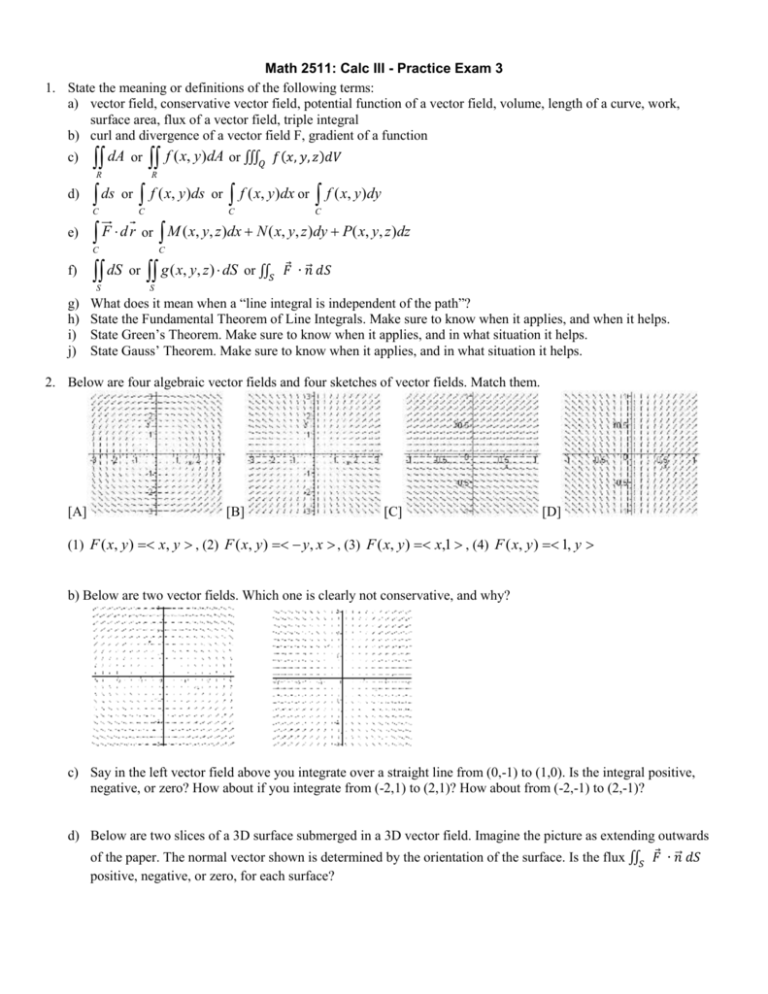 |  |
 |  | |
「ƒXƒEƒFƒbƒgƒpƒ"ƒc ƒXƒŠƒ€ ƒƒ"ƒY」の画像ギャラリー、詳細は各画像をクリックしてください。
 |  | |
 | 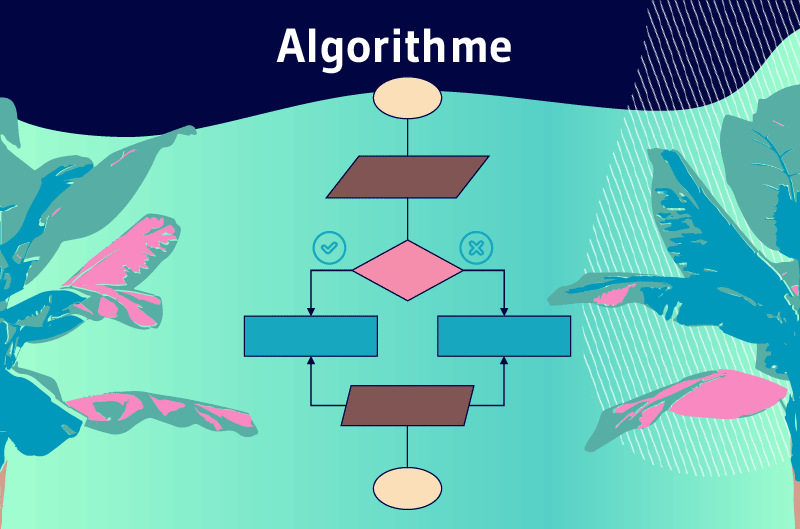 | |
 |  |  |
「ƒXƒEƒFƒbƒgƒpƒ"ƒc ƒXƒŠƒ€ ƒƒ"ƒY」の画像ギャラリー、詳細は各画像をクリックしてください。
 |  |  |
 |  | |
 | 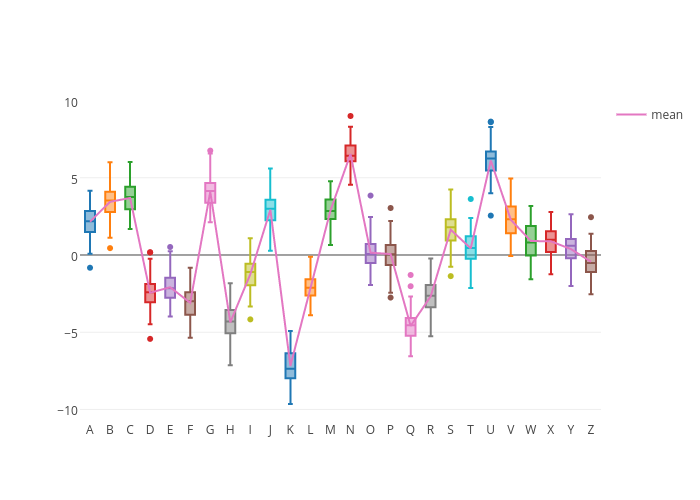 |  |
 |  |  |
「ƒXƒEƒFƒbƒgƒpƒ"ƒc ƒXƒŠƒ€ ƒƒ"ƒY」の画像ギャラリー、詳細は各画像をクリックしてください。
 |  |  |
 |  |  |
 |  |
(a < x < b) Proof For every pair x > y in (a,b), f(x)−f(y) = f0(c)(x−y) where y < c < x by MeanValue Theorem Note that c ∈ (a,b) and f0(x) > 0 in (a,b), hence f0(c) > 0 f(x) − f(y) > 0, f(x) > f(y) if x > y, f is strictly increasing in (a,b) Let ∆g = g(x 0 h)−g(x 0) Note that x 0 = f(g(x 0)), and thus, (x 0 h)−x 0 = f(g(x8y Remarks Recall that rf(x) = 0 is always a necessary condition for local optimality in an unconstrained problem The theorem states that for convex problems, rf(x) = 0 is not only necessary, but





0 件のコメント:
コメントを投稿